Background
Lower back pain is one of the most common problems that not only athletes come across, but all people. However, it is not an easy task for the doctors to determine the cause of back pain, because there are a lot of factors that influence the occurrence of lower back pain.

On the other hand, it is essential that the right diagnosis is being made in order for the treatment plan to be good as well. A person who suffers an injury to the sacroiliac joint will also experience lower back pain. In most cases of this injury, a person will experience mechanical dysfunction, inflammation, infection, trauma and degeneration. A proper diagnosis is essential here as well. A person can then be set to follow a treatment plan and in most cases the results are satisfying.
Frequency in the United States
According to certain researches, people experience lower back pain as often as common cold. Certain data claims that lower back can also be caused by a sacroiliac joint injury back in the 1905. After that, experts have been trying to make the connection between lower back pain and sacroiliac joint injury and the results of these reports were quite different one from another.
According to some studies, up to 30% of all lower back pain and buttock pain are connected to sacroiliac joint injury.
Functional anatomy
Most people do not know that sacroiliac joint is shaped like a letter C and that it has got two lever arms that interlock at the second sacral level. The function of this joint is more concentrated on stability and not motion. A number of ridges and depressions prove that. However, motion is possible and can occur in some situations. Fairly sized ligaments and ridges in the joint provide stability to the joint. However, during pregnancy for instance, the long dorsal sacroiliac ligament can become stretched.
Sport-specific biomechanics
The main purpose of sacroiliac joint is to provide stability. However, the joint has limited motion which allows it to transfer serious loads and stresses. Motion usually occurs when a person gets up from a sitting position. However, dysfunction occurs when the motion is not symmetric. There are several cases that can lead to the motion not being symmetric.
Women are more prone to sacroiliac joint pain because they have broader pelvises greater femoral neck anteversion, and due to shorter limb lengths which leads to different biomechanics. Pregnancy is another reason as well.




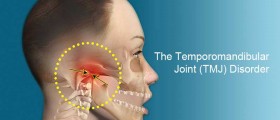


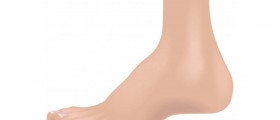


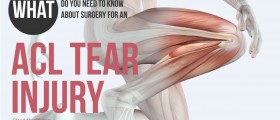

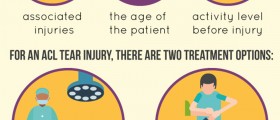
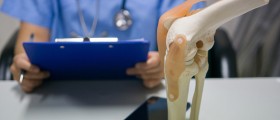



Your thoughts on this
Loading...